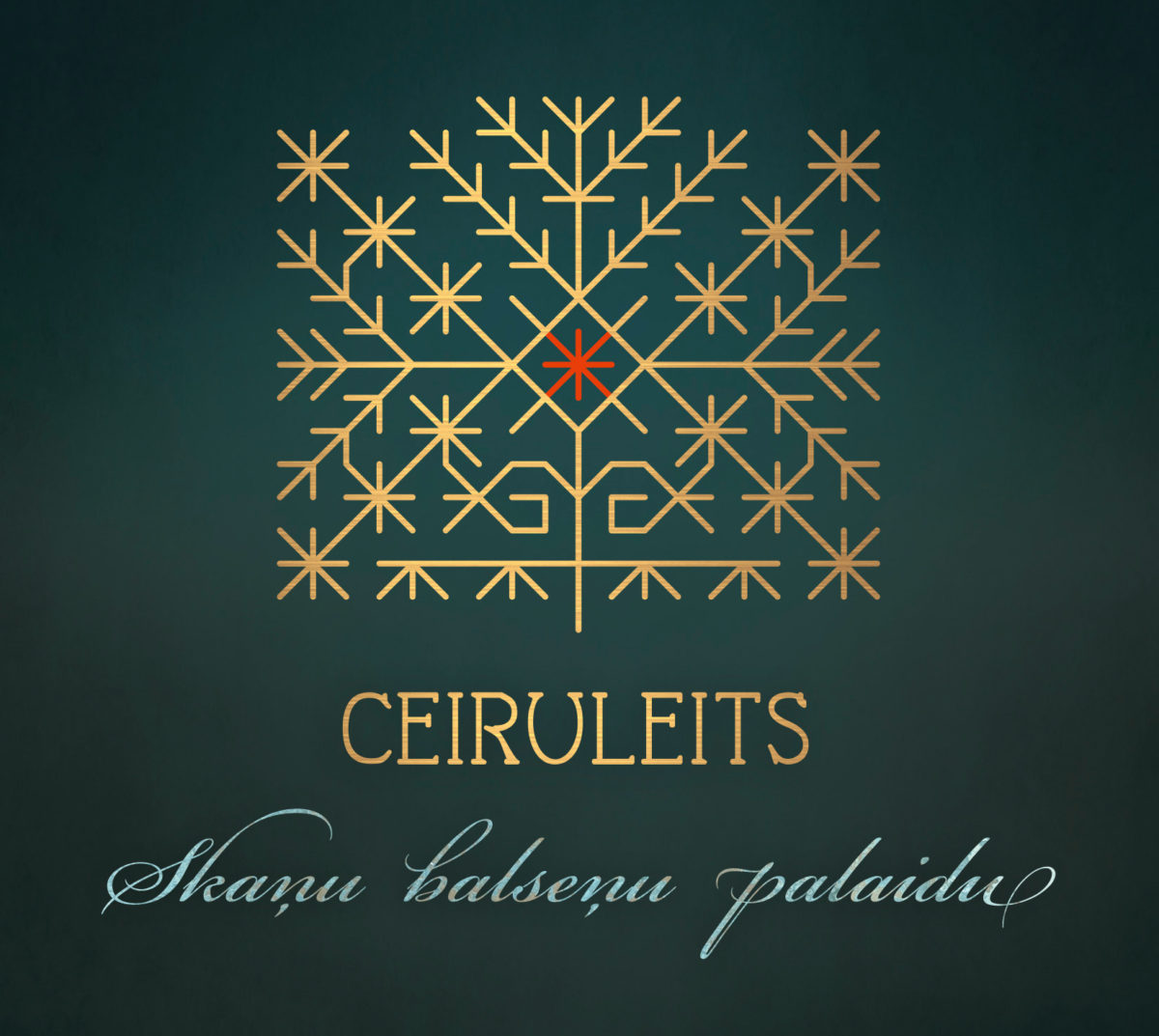Young Latvian pianist Daumants Liepiņš has, in a few short years, become one of the most notable and accomplished musicians in Latvia. Having won the Best Debut award at the Latvian Great Music Awards in 2017, he went on to competition victories, and in 2021, is, as a pianist, an artist in residence at the Queen Elisabeth Music Chapel in Brussels.
To add to his achievements, Liepiņš recorded his first solo piano album, which was released in 2020, and contains works by Russian composer Sergei Rachmaninoff and Latvian composer Imants Zemzaris. The works were selected by Liepiņš, to present the “majesty of nature and the fragility of the soul”.
Zemzaris’ Piano Sonata No. 3 is subtitled ‘Kaija’ (or ‘Seagull’), as the music is based upon incidental music Zemzaris composed for a production of the Anton Chekov play at the Valmiera Theater in 2001. In 2008, the composer refashioned the music into a proper piano sonata. The first movement has a fleeting quality about it, perhaps like a bird that is ready to fly away. The second movement becomes weightier and more somber. Zemzaris noted that the music is for the character of Konstantin Treplyov (also spelled Treplev), to show the character’s “stingingly freezing loneliness”. The music was also imagined to be a work that Treplyov himself composes offstage. The third movement is more melodic, dance-like, intertwining classical elements with more modern elements, almost playfully at times, though with hints of melancholy. This then leads to a thunderous crash at the beginning of the final movement, with a rumbling melody in the lower register of the piano, full of foreboding, even a sense of dread. Liepiņš provides a rich, thoughtful performance of Zemzaris’ composition, presenting the theatrical and dramatic elements of the work in an engrossing, riveting interpretation.
Rachmaninoff’s Etude-tableaux, Op. 39 No. 2 is a tender, almost fragile work, though it does have dramatic moments. Liepiņš compares the music of Rachmaninoff to water, waves in the sea, and this interpretation is imbued in Liepiņš’ performance – a flowing, undulating sound, at times calm, others stormy. Liepiņš plays with confidence, but also delicately, perhaps presenting the fragility of nature in his performance.
Rachmaninoff’s Piano Sonata No. 2 (1931 revision) is a stormy, tempestuous work, technically challenging, requiring a robust performance, which Liepiņš assuredly provides. A listener might hear the sound of bells in this work, particularly in the resonant descending intervals. Rachmaninoff often incorporated the sound of bells in his music, and musicologist Ināra Jakubone notes in the CD booklet that “allusions to the sound of bells are considered one of the musical symbols of Russia in Rachmaninoff’s music.” There is a respite to the storm in the second movement, while the grand third movement, Rachmaninoff alternates between thundering passages with brief bursts of melody in the upper register, as the work reaches its culmination. Liepiņš deftly handles this difficult work, with a monumental performance that encompasses both drama and lyricism.
Daumants Liepiņš has convincingly established himself as one of the premiere pianists in Latvia, and this album of music by Imants Zemzaris and Sergei Rachmaninoff confirms his talent and abilities, not just in performance but also dramatic interpretation.
For further information, please visit Daumants Liepiņš’ website
Rachmaninoff. Zemzaris
Daumants Liepiņš
LMIC/SKANI 084, 2020
Track listing
Sergei Rachmaninoff
- Etude-tableaux, Op. 39 No. 2
Imants Zemzaris
Piano Sonata No. 3 Kaija (Seagull) (2008)
- Allegro
- Andantino rubato
- Moderato
- Andante
Sergei Rachmaninoff
Piano Sonata No. 2 in B-flat minor, Op. 36 (1931 version)
- Allegro agitato
- Non allegro – Lento
- L’istesso tempo – Allegro molto




